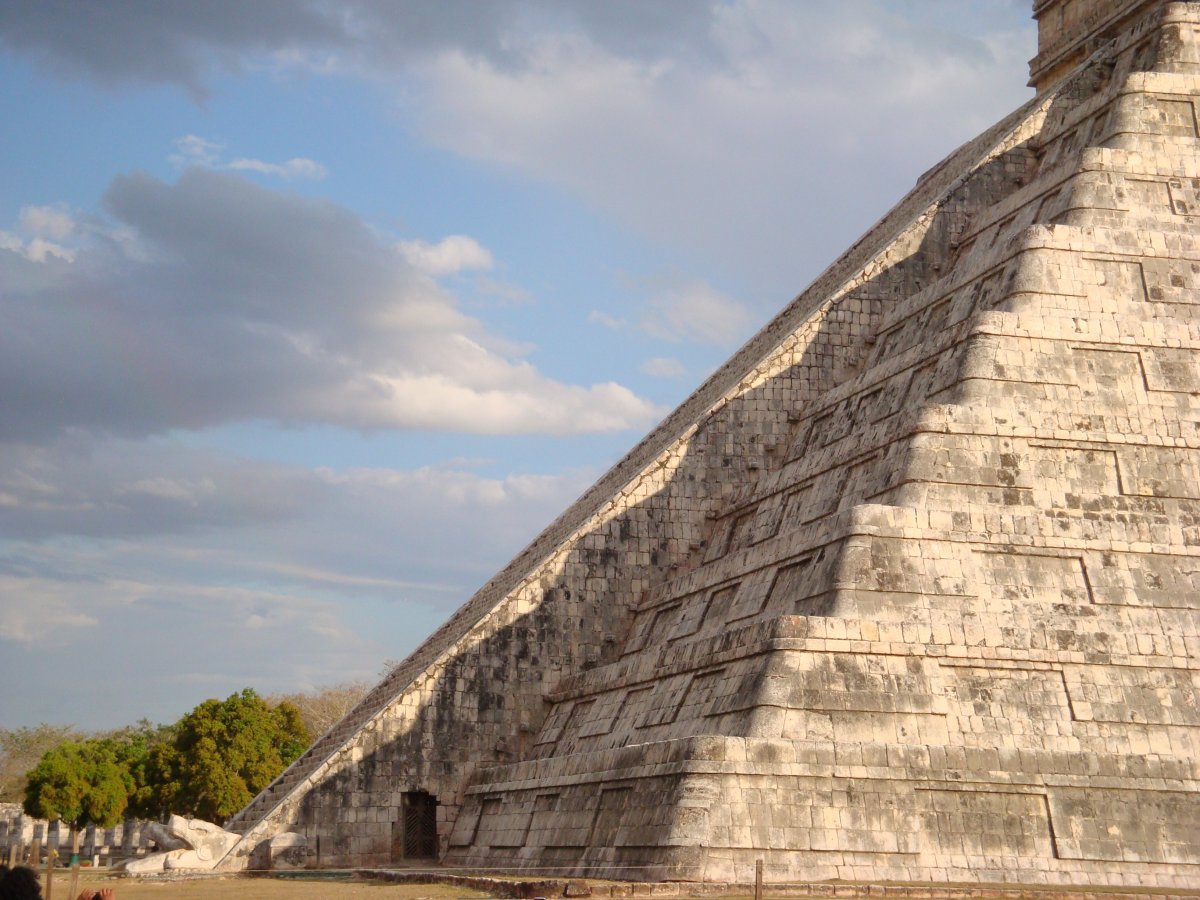September 21, 2021
Meteorological fall arrived on September 1. This is harvest season for many people in the Northern Hemisphere. Apples are ready to pick at orchards and pumpkin patches await visitors. Are you raking leaves yet? Are you enjoying delicious, warm apple cider as the temperature begins to cool? The first day of astronomical fall in the Northern Hemisphere officially arrives September 22 when the Sun crosses the celestial equator going north to south, which is called the autumnal equinox. During an equinox the tilt of Earth’s axis and Earth’s orbit around the Sun are positioned such that the axis isn’t tilting one hemisphere toward or away from the Sun. Direct sunlight shines on the equator, so the length of day and night is nearly equal for both hemispheres.
 During an equinox, the Sun shines directly on Earth’s equator, resulting in nearly equal amounts of daylight and darkness. NASA
During an equinox, the Sun shines directly on Earth’s equator, resulting in nearly equal amounts of daylight and darkness. NASA
How do different cultures celebrate the fall equinox?
Chichen Itza is a popular place in Mexico to celebrate an equinox. Chichen Itza is a Mayan city on the Yucatan Peninsula with a centerpiece called El Castillo pyramid. The pyramid is the temple of the god Kukulcan—the Feathered Serpent. The temple design is nine terraced platforms with a staircase centered on each of the four sides. The head of the Feathered Serpent is sculpted at the bottom of the northwest stairs. Around each equinox, the afternoon Sun casts a series of the platforms’ triangular shadows on the wall of the staircase. As the shadows creep higher, the body of a snake appears to be crawling down the pyramid. The site draws numerous people who celebrate with music and dancing.
 Around the equinoxes, sunlight and shadows combine to look like a snake crawling down the El Castillo pyramid.
Around the equinoxes, sunlight and shadows combine to look like a snake crawling down the El Castillo pyramid.
In the pagan culture, the fall equinox is called Mabon. Mabon is the second of three harvest festivals and a time to give thanks for the summer and welcome the coming darkness.
The fall season is also central to the story of Persephone in Ancient Greek mythology. Persephone was the daughter of Demeter, the harvest goddess. Every fall Persephone had to return to the underworld to spend three months with Hades. During the three months, Demeter stopped the plants from growing until Persephone came back.
First-grade students have an opportunity to explore the annual pattern of daylight in a three-dimensional learning module from the series titled, They will also read a story about festivals related to daylight in from the Smithsonian Science Stories Literacy Series.
Students, educators, and caregivers can also watch this free from the SSEC’s website that guides students in making observations of the Sun’s shadow.
(Sources: Smithsonian)












Đăng nhận xét